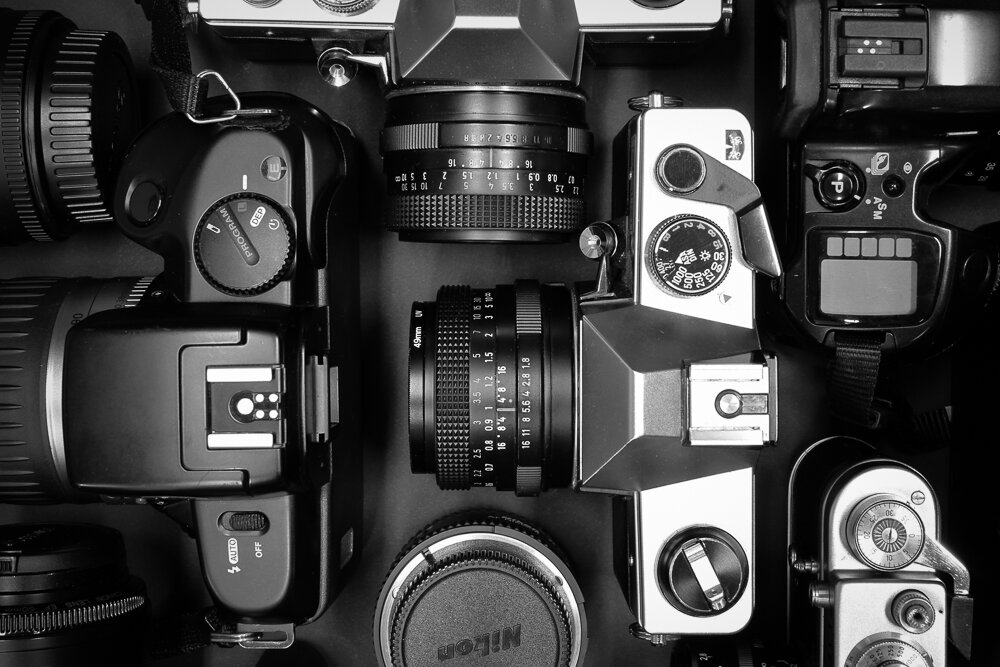Every year when working with my students in the darkroom, I try to encourage a thought process that is as receptive to unintended results as intended ones. This is not always an easy endeavour, and it occurred to me this year that I lack a clear label for the kind of approach I want them to take. Quite often, what I mean becomes evident only when it is found.
We speak a lot about planning in education (we live in a ‘target’ driven world it seems), but not so much about the pleasure of the unplanned, of what one discovers through doing, even when one wasn’t looking for it.
On one happy day when one of my students had the unplanned event revelation, I at last came up with a satisfactory term: ‘serendipity’. Now, before I unpack the term a little (and I will not insult your intelligence; insert ‘happy accident’ and you have my gist), I will add some photographic seasoning with a specific darkroom reference.
In his book Black and White Photography Workshop, master printer John Blakemore tells the story of how he came to work on a new series of especially pale prints. On the day in question, he had intended to do something quite different, but, on realising he lacked the supplies he needed to print in his ordinary manner, set himself the challenge of printing his negative as pale as possible. You can (and should) check the results out yourself, for they are quite exquisite. A fortuitous set of circumstances that led to an unexpected path, a new way of working.
So, finally to serendipity. The term was coined in 1754 by Horace Walpole. He recounted the tale of the ‘Three Princes of Serendip’ who ‘were always making discoveries, by accidents and sagacity, of things they were not in quest of’. This could almost be a darkroom mantra! Be open to those discoveries, gained by accident or sagacity (or, we might say, ignorance), of results you weren’t after, but might rather like.
An awareness of serendipity shouldn’t be limited to just darkroom, of course. I wonder how many other aspects of our photography work would benefit from a little of these ‘things we were not in quest of’?















